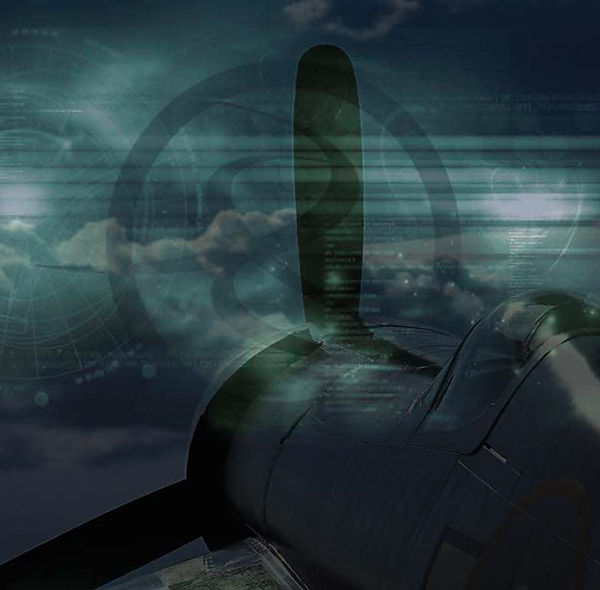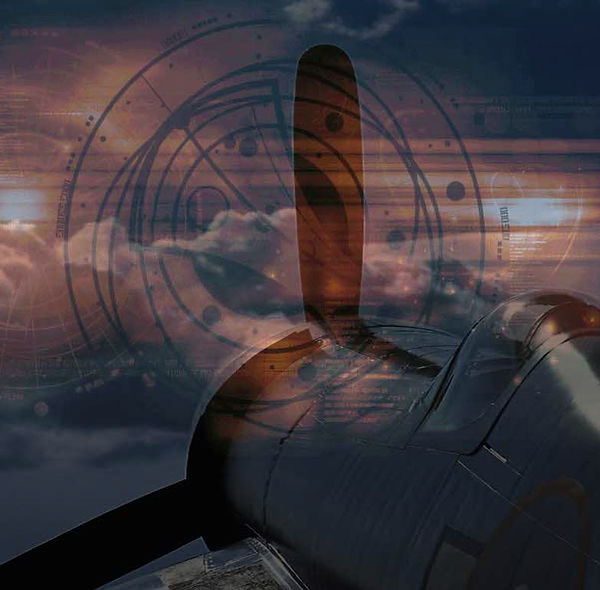
Hold your pointer on a tab in the menu on top of the page to view and handle the sub menus.



XF2G-1 the Goodyear Super Corsair (*)
7 preproduction aircraft known as XF2G-1 s were converted from existing FG-1 corsair frames.
The first two of these planes retained the conventional canopy and vertical tail of the standard Corsairs,the floorless cockpit, the fuslelage of the standard corsair, but the other five aircraft had a full bubble canopy and a cut down spine, to provide better all-around vision out-of-the-cockpit for the pilot. The oil coolers in the wing roots had to be redesigned for the R-4360 powerplant as well. The cut out step in the inboard right flap was covered by a spring loaded door, and the cockpit was redesigned with a floor and console arrangement much like that found in the F4U-4. A large air scoop was located on the top of the forward fuselage.
The wings held 6 x 0.50 caliber M2 Browning heavy machine guns and could support conventional drop bombs or rockets underneath. The mainplanes were plumbed to support jettisonable fuel tanks for increased operational ranges away from home carriers.
The first XFG2-1 prototype with BuNo 13471 was coverted from a serial production FG1.
Ground testing took place on May 31st, 1944.
The first flight of this first XF2G-1 prototype came on August 26th, 1944.
Donald Armstrong, the Goodyear test pilot flew the plane.
The second XFG2-1 prototype with BuNo 13472 was mainly used for testing propellers, cowl claps and oil coolers air vent doors.
The other five planes XFG2-1 with BuNo 14691, 14692, 14693, 14694 and 14695 were converted from serial production FG1.
The XFG2-1 with BuNo 14691 was first flown by Donald Armstrong, the Goodyear test pilot on October 15th, 1944.
This test plane received the engine dismounted from the FG-1 with BuNo 13471.
This prototype was given to the United States Navy for further tests on November 27th, 1944.
Problems were experienced with countering the torque of the powerlul engine when full power was applied during a carrier wave off and go around. Even the application of right full rudder was insufficient to turn the aircraft to the right under such conditions. This problem resulted in an unusual solution. The vertical tail was increased in height by twelve inches, and an auxiliary rudder was instalIed at its base. When the tail wheel was extended, the auxiliary rudder was automatically offset to the right by 12.5 degrees. Although this was not noticeable at slow speeds, when a pilot had to go to full power during a wave off, the increased airflow over the offset auxiliary rudder kept the aircraft from pulling hard to the left.
Modified vertical control surfaces were introduced in the prototype XF2G-1 with BuNo 14692.
This plane used also for the first time wing fuel tanks.
The XFG2-1 with BuNo 14693 was was given to the Pratt & Whitney Cie for testing the Radial R-4630-4W engine with water methanol injection, this engine version was not installed in other super Corsairs.
The seventh and last prototype XFG2-1 with BuNo 14695 was first flown on December 4th, 1944, it waswrecked in a hangar when a crane smashed into it , the aircraft was never reworked.
(*) : Index - References - Notes - Citations
Although often cited that the origin of the aircraft was as an interceptor of low-flying Japanese suicide aircraft, its actual beginnings came about in 1939 when the Pratt & Whitney company first proposed its enormous new engine. Thus the F2G lineage was tied to its engine design rather than tactical requirements